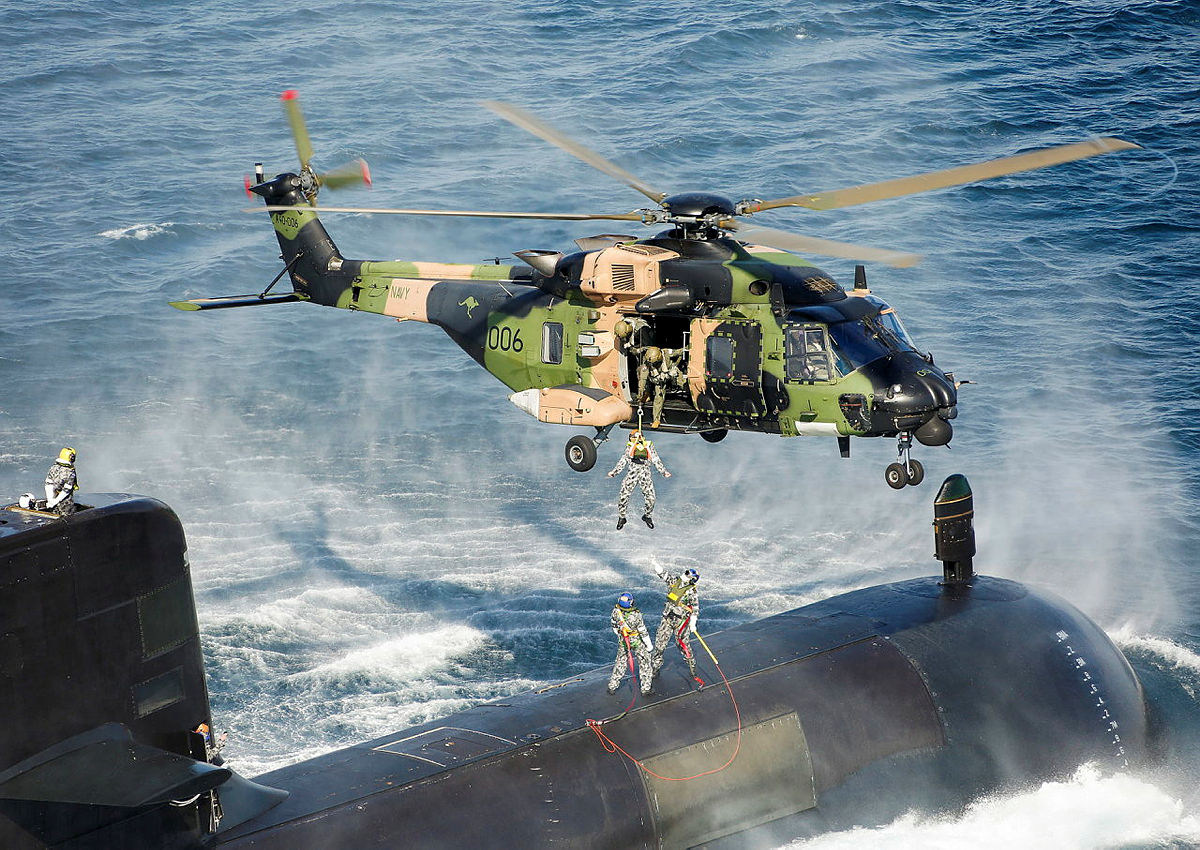Analysis - Victoria University Professor of Strategic Studies Robert Ayson breaks down the Pacific trends informing New Zealand's 2021 Defence Assessment.

www.rnz.co.nz
An interesting article/opinion piece on RNZ/News about last weeks NZ Defence Assessment 2021.
"... while the Assessment begins with climate change and strategic competition as the top two problem generators, it's the second of these which does most of the work. And "strategic competition" is a euphemism. A one sentence summary of the 36-page public version of the Assessment could easily read:
China is threatening New Zealand's interests in the South Pacific.
Excuse my astonishment with respect to:
1. RNZ actually publishing this National Security centric piece
2. Vic Uni actually having a person like Prof Ayson - who is he and can I have his babies?
I remain entirely unconvinced that NZG will do anything despite this release of their official assessment and my new mantra "
China is threatening New Zealand's interests in the South Pacific".
So that instead we glibly are discussing the possibilities of second-hand Australian transport helicopters while the war fighting navy and AIr Force are ignored and our NZDF personnel are quickly disappearing into modern, war-fighting, irrelevance.
As ex RNZIR, I know how good we are as a nation and how easy it is to generate Cannon Fodder but is that really an intelligent, 'kind', 21st Century strategy for a first world nation?
Merry Christmas



